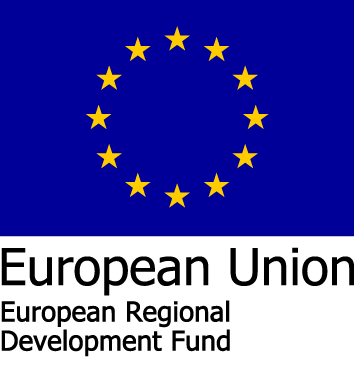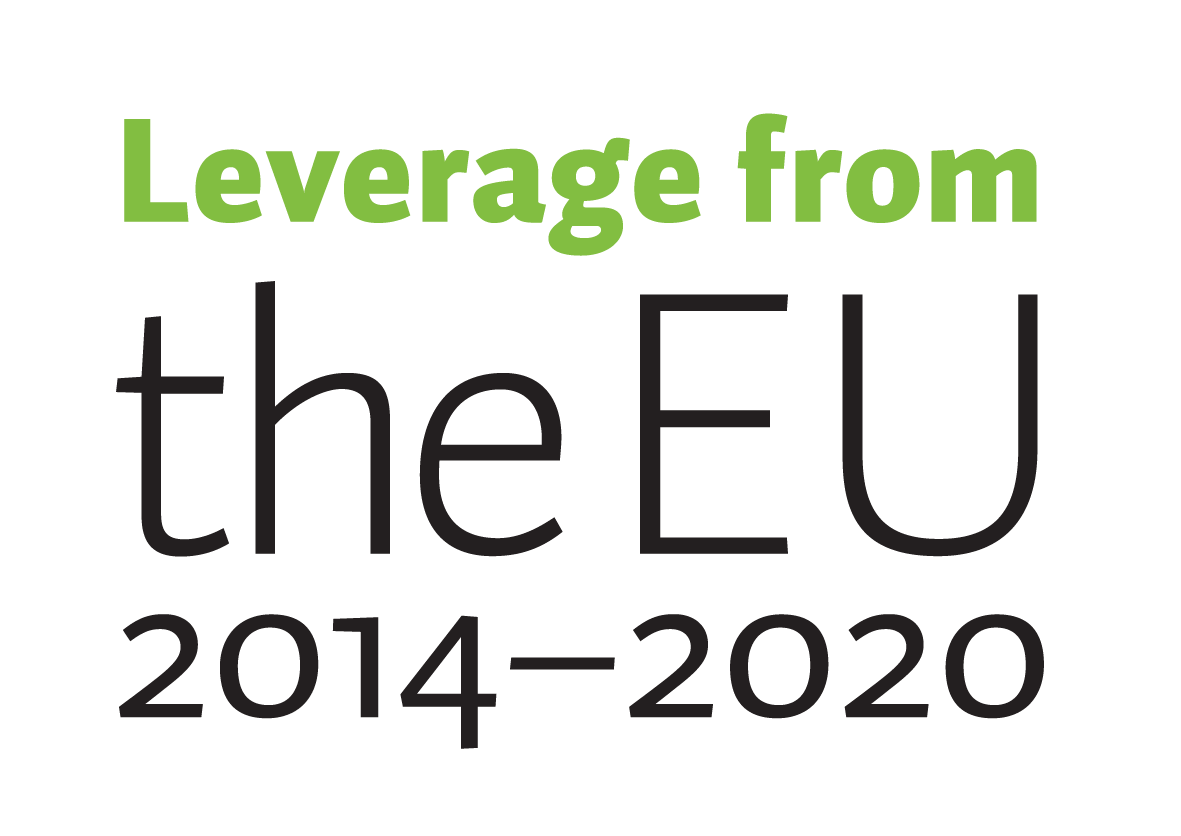Sponsoring companies


![]()
![]()
![]()




XSoDEx seismic reflection surveys
Seismic reflection soundings have been successfully used over a century for hydrocarbon exploration and past decades method has been applied also to mineral exploration in the hardrock terrains. Seismic reflection surveys image abrupt changes of the acoustic impedance in the subsurface caused by contacts of different rock types or fault zones. The method has superior depth penetration and resolution compared to other geophysical measurements, but it is most suitable in detecting gently dipping structures. While reflection seismic surveys are utilizing the energy reflected from interfaces, the refraction seismic studies are based on the fact that seismic velocity is varying according to different rocktypes. Thus seismic reflection data provides information about where the property changes occur and seismic refraction data provides constraints about the composition of the subsurface.
In the XSoDEX project, GTK acquired 88 km of seismic reflection and refraction data in the Sodankylä region in co-operation with TU Bergakademie Freiberg and Oulu University in 2017. Reflection data were acquired using a maximum 3.6 km long spread with 10 m receiver spacing and a 32 tons Vibroseis truck as an active seismic source. The refraction data was acquired with wireless geophones spaced approximately every 115 m and resulting in about 10 km long spread. The data acquired provides insight into the bedrock structures down to the 5 km depth.
Figure 1. The XSoDEx seismic reflection survey was done using 3.6 km long wired seismic acquisition system and a Vibroseismic source with total weight of 32 tons.






